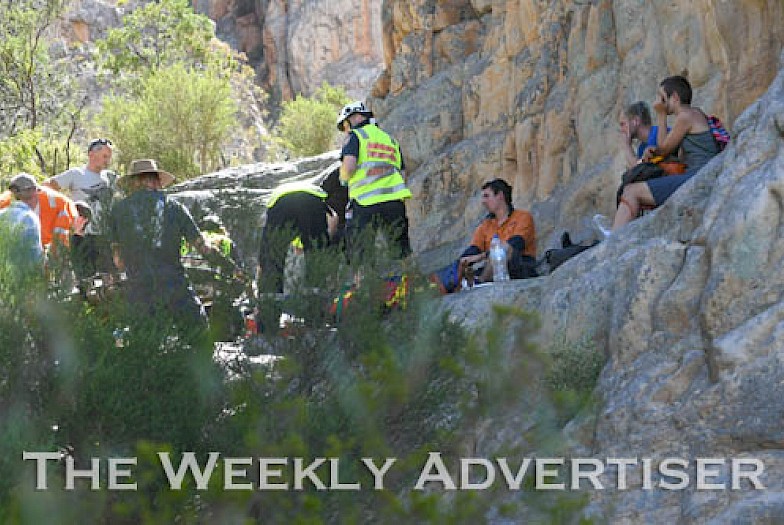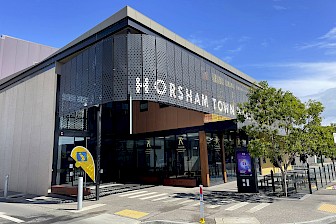Natimuk-based rock climbers, often dubbed ‘mountain goats’ by many in the Horsham district community, have been scaling internationally iconic Mount Arapiles since the 1960s.
Arapiles Historical Society will officially open Australia’s first rock-climbing museum at Natimuk’s former Masonic Hall in Main Street on November 1, at 7pm.
“If it wasn’t for the climbers, the town wouldn’t be alive,” Mr Lockwood said.
“So it’s appropriate there is a museum in Natimuk to capture the significance of a pretty incredible culture.
“During the last school holidays Centenary Park at the base of the mount was absolutely chock-a-block. It was probably a bigger village than Natimuk numbers-wise. You couldn’t have fitted another car around the camping area.”
Blessed
Mr Lockwood said Mount Arapiles had led to Natimuk becoming an incredibly vibrant and vivid town.
“We’re blessed that we have a place like Mount Arapiles where everyone can go and share an experience,” he said.
He said Mount Arapiles and it’s ‘mountain-goat’ culture had gone as far as growing into a real-estate asset for Natimuk.
“As soon as there is a sniff of a house or property being available, it’s gone,” he said.
Mr Lockwood said activity was in a juvenile stage when he first started climbing about 50 years ago and no one thought of a museum.
But now it was important for a museum to showcase its history, development and evolution and to capture the extent of influence Mount Arapiles had in international rock climbing as well as the broader Natimuk and Wimmera community.
“The museum will showcase a recreation that tens of thousands of people enjoy and have enjoyed at Arapiles, and its evolution through quite a significant period,” he said.
“It’s a window on a world-famous mountain that’s been very important in the development of rock climbing in Australia, the progression of standards and better and safer equipment.
“Arapiles has been a leader in quite a few aspects of the sport. It’s also the centre for the Australian Climbing Instructors Association.
“There are people who come from across Australia to train to be climbing guides here. It constantly attracts people from around the world.”
When it came to what made Mount Arapiles special and unique to the Australian climbing industry, Mr Lockwood described it simply as ‘absorbing’.
“It’s a very intricate mountain. There’s cliffs, there’s gullies, pinnacles, caves, overhangs, and an infinite variety of shapes in the rock,” he said.
“There’s well over 3000 different climbs and routes of ascent, ranging from the very easiest to some of the hardest in Australia. And they are good-quality climbs.”
While the museum will have a regional focus, Mr Lockwood said Arapiles Historical Society had sourced rock-climbing gear and memorabilia from across Australia.
Mr Lockwood said the society would aim to open the museum every Sunday from 2pm to 4pm and by appointment following the Nati Frinj Biennale from November 1 to 3.
The entire October 16, 2019 edition of The Weekly Advertiser is available online. READ IT HERE!






